Battery for plug-in solar kit: is it worth it?

If you are already using a plug-in solar kit or planning to purchase or use one, you are probably considering using a battery storage unit. A battery for plug-in solar kits allows you to store unused energy for later use and even use it when there is no sunlight. The washing machine or dishwasher, as well as other domestic appliances, can then draw electricity from the solar kit's storage battery.
Before purchasing a battery for a plug-in solar kit, homeowners of course have many questions. The economic aspect is of paramount importance. Is a plug-in solar panel with a battery really advantageous? How much does a battery cost and what is the appropriate size for the storage unit? In this article, we address all the important points so that choosing the right storage unit for your solar panel is no longer a challenge.
What is the advantage of a battery for a plug-in solar panel?
Let's start with the most important question: what are the advantages of a battery for plug-in solar panels? First of all, it allows you to store self-generated green solar electricity and use it later. The advantage is obvious: with an energy storage device, electricity costs are reduced even further, as self-generated energy can be used even when the sun is not shining and the plug-in solar kit is not producing solar energy.
But there is another advantage. With a solar kit battery, it is also possible to be more independent from the public power grid and electricity prices. The electricity storage battery will certainly not be able to cover all energy needs, but it does increase self-sufficiency. Fossil fuels, such as electricity generated by coal-fired power plants, are therefore less relevant.
Worth knowing: With a battery for a plug-in solar kit, such as the Zendure SolarFlow 800 Pro, households can effectively achieve greater energy independence. Here are the main advantages of the Zendure SolarFlow 800 Pro:
1. Save up to €1 250 per year
2. Easy to install & no drilling holes
3. Four MPPT, up to 2 640 W of solar panels
4. Real-time monitoring by the HEMS
5. Featured with 48V battery, reducing energy loss by 25%
6. Higher energy conversion efficiency by Gallium Nitride (GaN) technology
7. Wide connection to 700+ European energy suppliers
8. 10-year warranty, 15-year lifespan
Advantages of a battery for a plug-in solar kit
Firstly, the battery system for plug-in solar kits increases the self-consumption of self-generated solar energy. In addition, additional PV storage units are generally comparatively easy to install or assemble. The state of charge, energy flow and consumption can be viewed and sometimes even programmed individually via an APP connection.
Thanks to their compact and often modular design, battery systems for plug-in solar kits are also ideal for tenants who have limited space and need a compact, portable system. Depending on requirements, the battery can be expanded and the final result is that a battery for plug-in solar panels enables additional CO₂ savings, as less fossil fuel energy is required.
How do I find the right battery for my plug-in solar panel?
When choosing a battery, it is always a question of finding the right model. Three different factors generally play a major role in this regard. In addition to the cost of a battery, its capacity, i.e. the amount of electricity it can store, and the technology used are also decisive factors. How can you find the right battery model for your solar kit?
What should be the capacity of a battery for a plug-in solar panel?
The capacity of a PV storage system involves matching energy requirements to existing production. This is generally based on annual electricity consumption and the production of the solar installation during the same period. In the case of a storage system for a plug-in solar kit, these data certainly also play a role, but their relevance is significantly lower.
As a plug-in solar kit cannot normally cover all energy requirements and instead provides a basic load, the capacity of the electricity storage unit depends primarily on the output or size of the existing or planned mini photovoltaic system. Depending on the connected solar power plant, a minimum of one and a maximum of four photovoltaic modules are used.
For a plug-in solar kit with one or two solar modules, a battery capacity of 1 to 2 kWh is more than sufficient. On the other hand, balcony power stations with three or four solar modules can also easily use a storage battery with a capacity of 3 or even 4 kWh.
Tip: The Zendure SolarFlow Hyper 2000 solar kit battery can be stacked in a modular fashion, allowing you to expand the battery capacity in the future. This makes it possible to respond to an expansion of the balcony power plant. Here are the main advantages of the Zendure SolarFlow Hyper 2000:
· Solarflow AB2000X*2+ 2 000W Plug-in Solar Panels: Annual savings of €876.
· 1.92kWh storage capacity with a single battery, expandable up to 23.04kWh with three sets on the same phase
· 1 800 to 5 400W MPPT
· 1 200W Bidirectional AC Power
Which storage battery for plug-in solar kits?
Apart from capacity, it is of course also important to find the right technology. What type of battery is most suitable for plug-in solar kits? In addition to lithium-ion batteries, there are also lead-acid or nickel-cadmium batteries, for example. Depending on the technology or composition, the different variants have both advantages and disadvantages. For example, service life, performance, safety and manufacturing costs are also decisive factors.
Taking all these aspects into account, however, lithium-ion batteries have become the norm over time. The same applies to batteries for plug-in solar panels. These are characterised by their durability, performance and high level of safety. Overall, they are therefore considered to offer the best value for money. Almost all standard storage systems for solar installations are based on this technology.
How much does a storage battery for a solar kit cost?
The cost of the storage battery for a plug-in solar kit naturally plays a decisive role in the purchase decision. The PV storage battery’s cost must be recovered in the long term from the electricity generated and stored by the balcony power plant. In other words, it must save more money than the initial investment costs. Every kilowatt hour (kWh) saved and not drawn from the grid reduces electricity costs. At some point, more money will have been saved than the plug-in solar panel storage unit cost. This period is called the payback period and is between 3 and 6 years, depending on the energy produced and the battery capacity. But in the long term, it is possible to save even more money. In addition, the accumulator provides self-sufficiency and independence from fossil fuel sources.
The cost of a plug-in solar panel battery starts at around €900 and can reach several thousand euros, depending on capacity. A battery with a capacity of around 2 kWh costs around €1,300. Generally speaking, you should expect to pay around €1,000 per kilowatt hour.
Good news: Despite the high costs, electricity storage devices and PV batteries are expected to gradually become cheaper. Models such as the Zendure SolarFlow AB2000X are now significantly cheaper than comparable individual batteries.
Adding a storage battery for a plug-in solar panel: is it possible?
If you already have a plug-in solar panel without a battery, you may be considering adding a storage battery for mini-photovoltaics. But is it possible to install a storage battery for mini-photovoltaics? What factors need to be taken into account? Is it worth doing?
In short: yes, it is possible to retrofit a plug-in solar panel storage battery without any problems! The important thing is that all components are compatible with each other. Not only must the power of the plug-in solar panel and the capacity of the storage battery be compatible with each other, but the inverter and the battery must also be compatible with each other. When integrating a plug-in solar panel storage battery, it is particularly important to consider the issue of direct current and alternating current. Models such as the Zendure SolarFlow are generally compatible with a large number of conventional micro-inverters installed in plug-in solar kits. This means that all data can be accessed quickly and easily.
App-based control for plug-in solar panel storage battery
Almost all storage batteries for plug-in solar panels can be controlled and evaluated via a corresponding APP on a smartphone. For example, it is possible to monitor the energy flow and view useful statistics on consumption and charging times. It is also possible to optimise the consumption of the energy storage battery. The battery's APP connection is therefore the perfect complement to the digital evaluation options offered by the inverter or plug-in solar panel system.

Battery for plug-in solar panel in case of power failure
A storage battery for solar systems is often associated with the issue of power outages. However, the prevailing opinion is that energy can be recovered even in the event of a power failure. This makes it possible to operate smartphones or small consumers. However, this is generally not true, as most electricity storage batteries do not work during a power outage and therefore do not provide any energy. The same applies to plug-in solar kits. This is due to the design of the devices or the reference frequency required from the public power grid. Nevertheless, there are models that can supply energy in the event of a power outage, such as the Zendure Ace 1500.
Is a plug-in battery for solar panels advantageous?
With a plug-in solar kit and a storage battery, households become even more independent of public electricity prices, suppliers and the grid. Although a storage battery does not allow for complete autonomy, it does further reduce electricity costs. The benefits of a battery for plug-in solar kits depend on many factors. The most important of these is the payback period, i.e. the time it takes for the storage battery to reduce electricity costs by more than the initial purchase price.
The more capacity or stored solar energy is used, the faster the electricity storage unit for plug-in solar kits pays for itself. The advantage of an energy storage unit for solar kits is clearer with a concrete example. Let's assume that the purchase of a storage unit costs around €1,000. Without a storage unit, self-consumption can reach 50%, with a storage unit up to 80%. A plug-in solar panel with two modules can produce up to 800 kWh per year. With around 20 to 30% additional self-consumption, it is possible to save additional electricity costs per year. To calculate the actual savings, the additional energy consumed by the mini photovoltaic system or storage battery must be deducted from the normal electricity price. Prices vary depending on the electricity contract, but in Germany they have recently been around €0.40 per kWh.
Conclusion: Plug-in solar panel battery – does it really matter?
Almost always, purchasing a plug-in solar panel battery is a question of economic profitability. In the long term, the battery should save more money than it cost to purchase. The success of this operation depends on many factors and cannot be determined in general terms. It is therefore important to consider all the advantages and disadvantages when making a decision. What are my goals for a plug-in solar kit? Factors such as independence from fossil fuels are also important.
On the other hand, if you want to use energy reserves, especially in the event of a power cut, you should find out in advance about the types of storage batteries that can supply energy in the event of a blackout and how much they cost. Those who only need a traditional storage battery for their balcony power station should expect to pay around €1,000 per kilowatt hour (kWh). However, Zendure SolarFlow can cost only €624 per kilowatt hour (kWh), making it the most economical product!














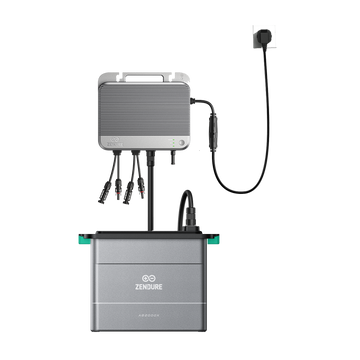
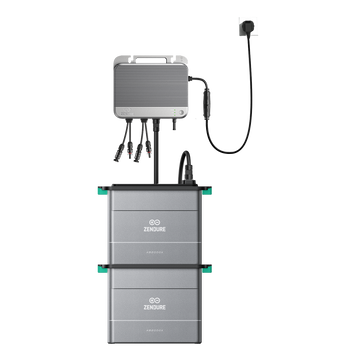
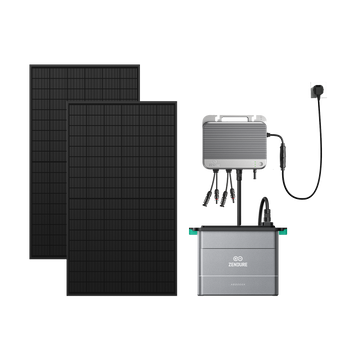
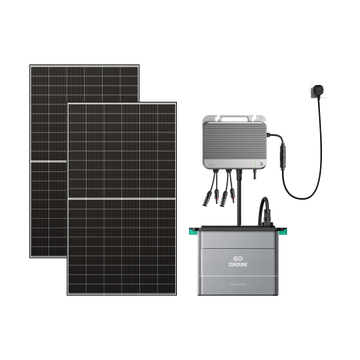
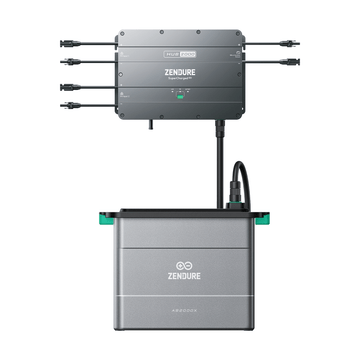
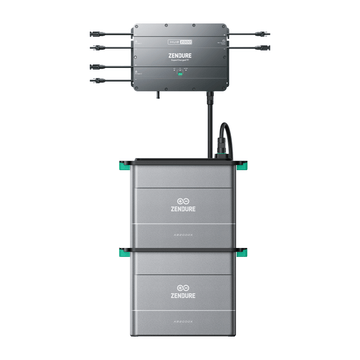
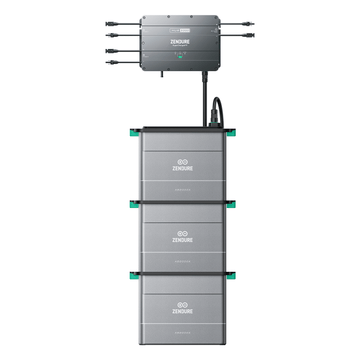
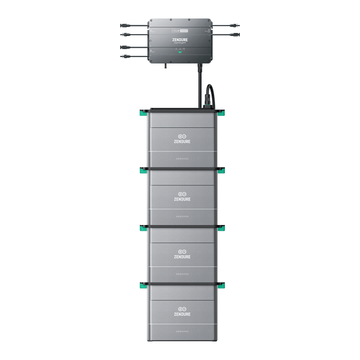
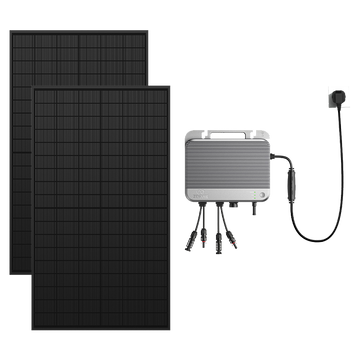
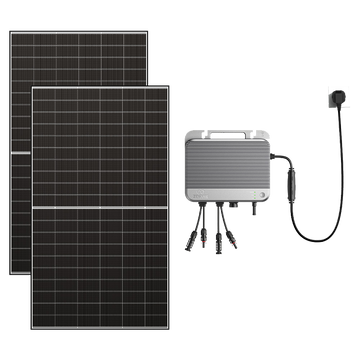
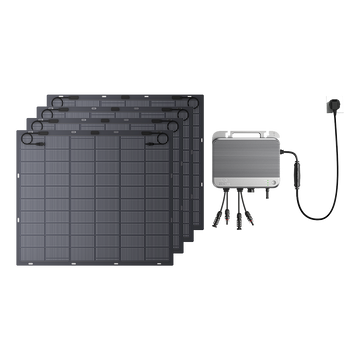


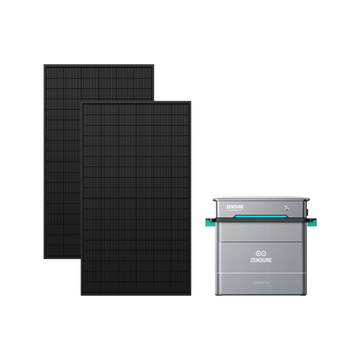
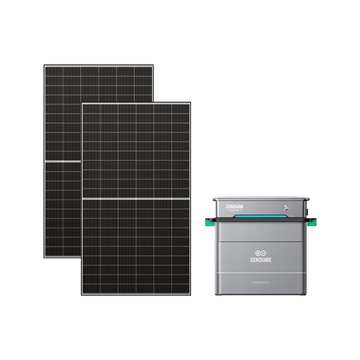
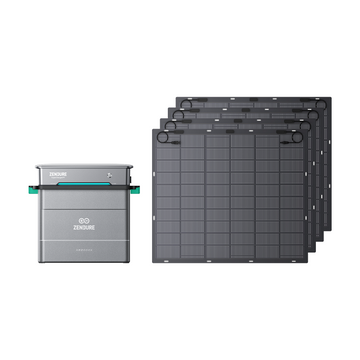
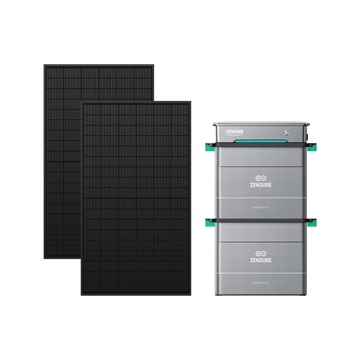
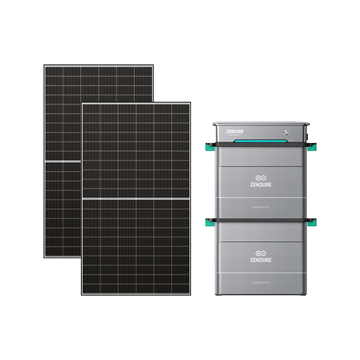
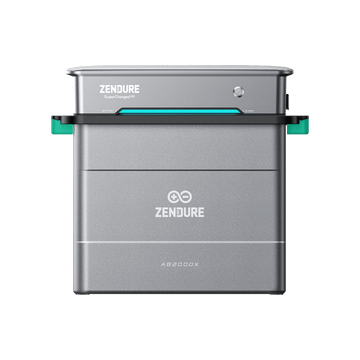
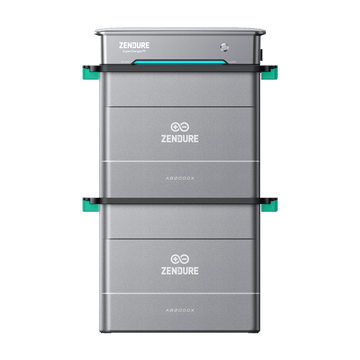
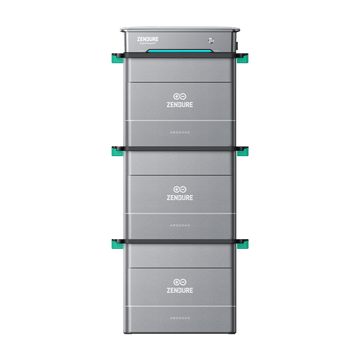
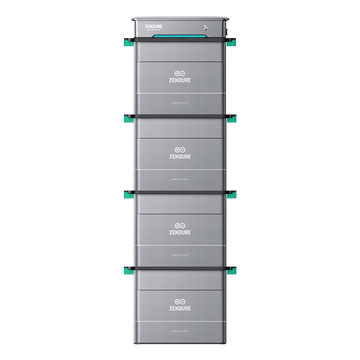
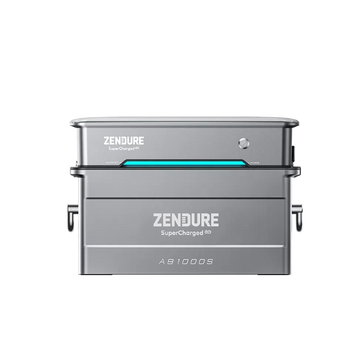
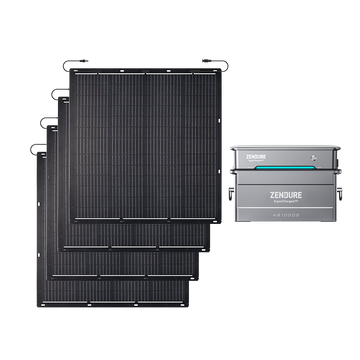
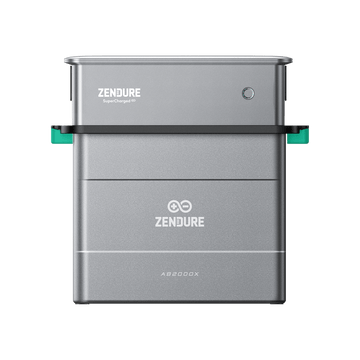
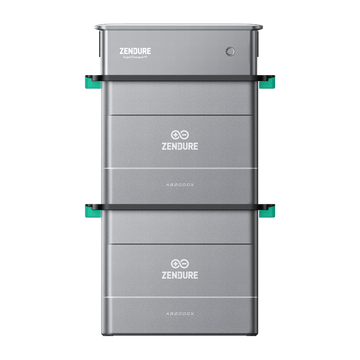
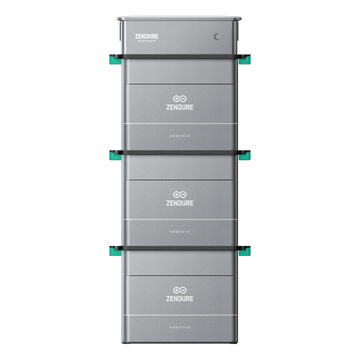
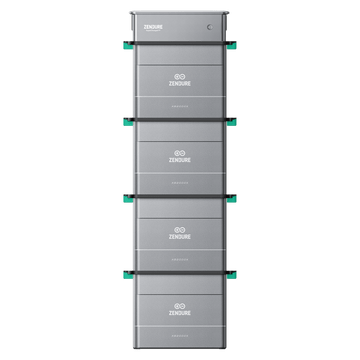
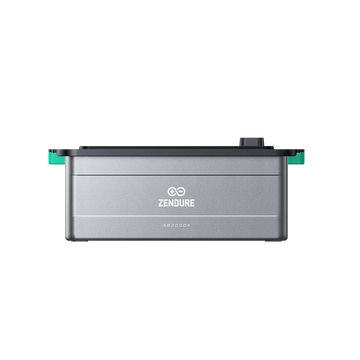
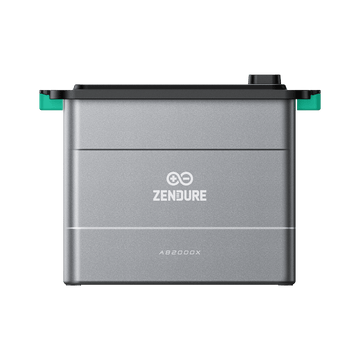
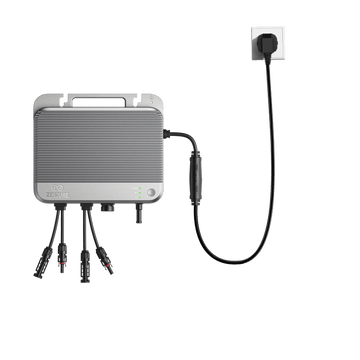
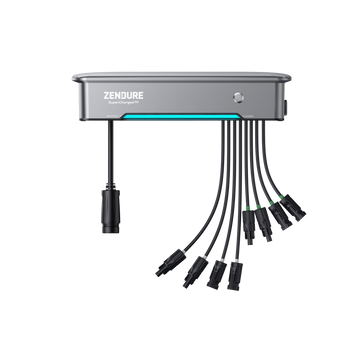
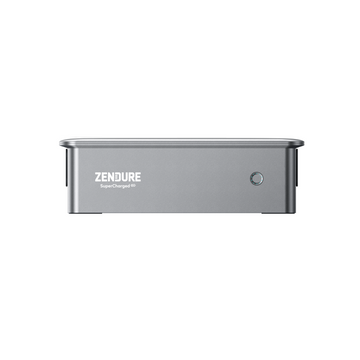
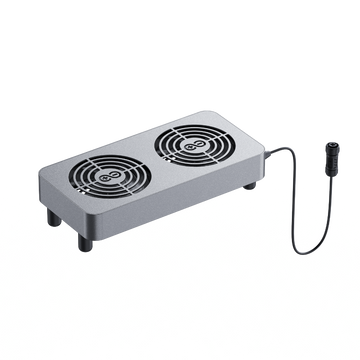
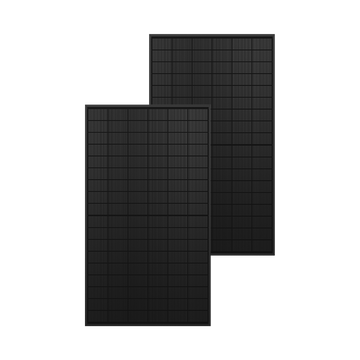


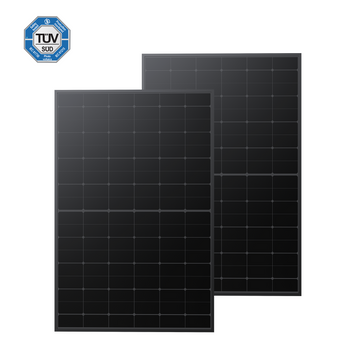
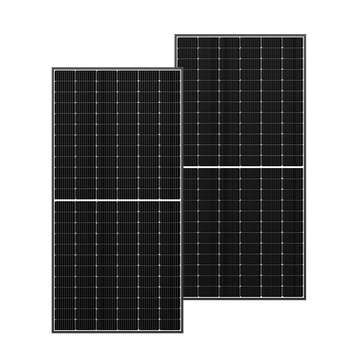

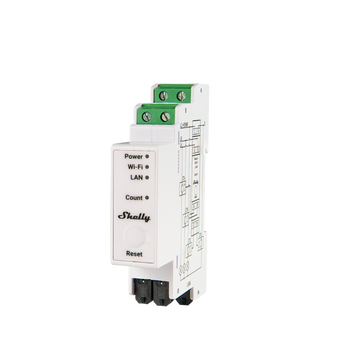

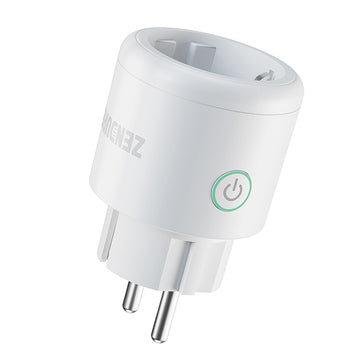
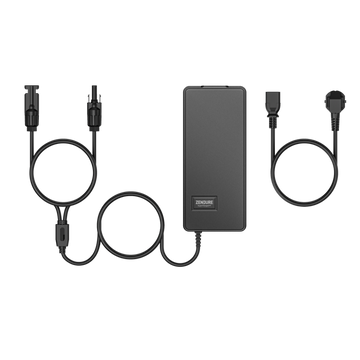
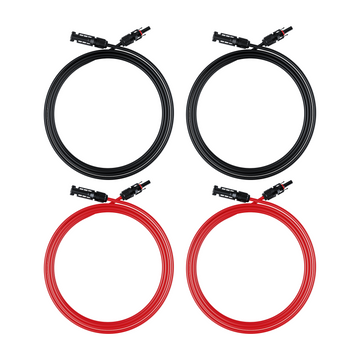
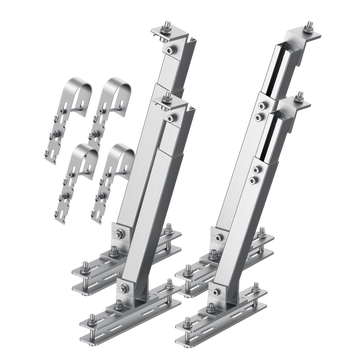
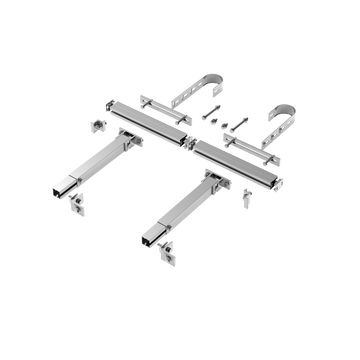
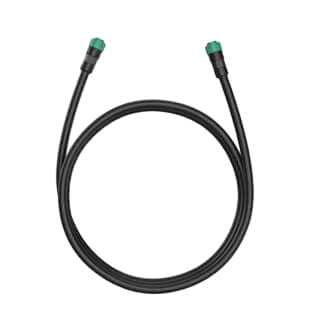
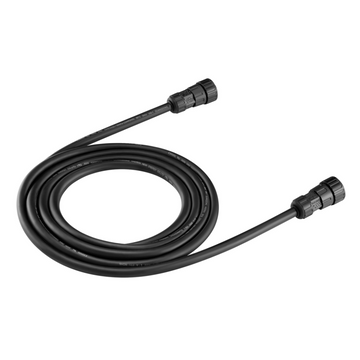
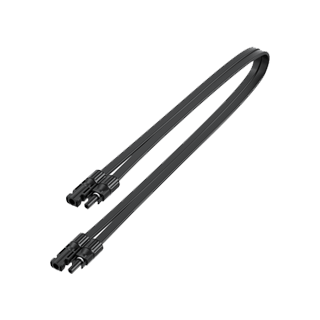
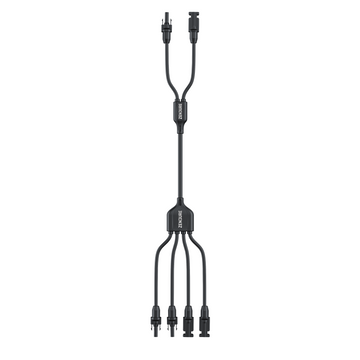
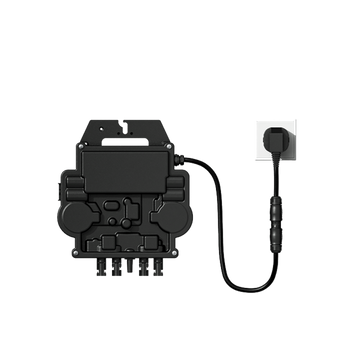















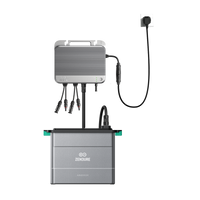
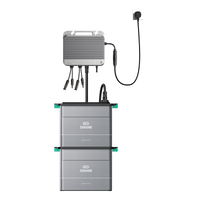
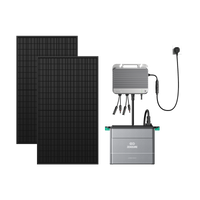
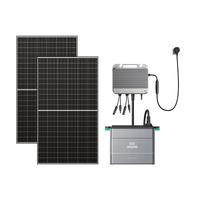

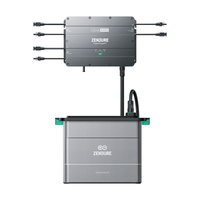
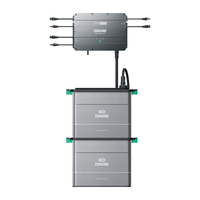
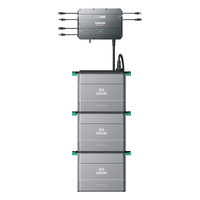
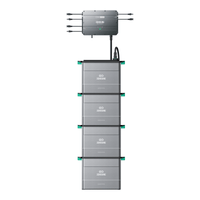

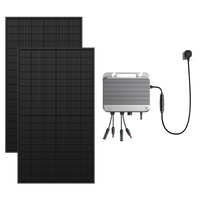
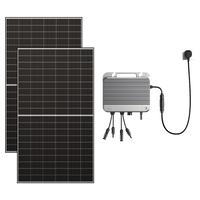
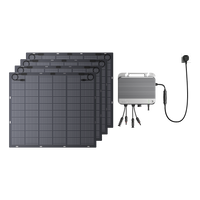



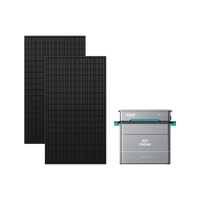
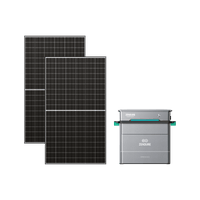
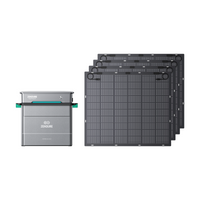
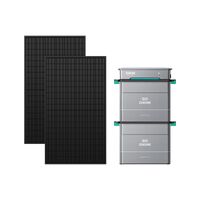
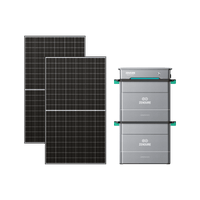

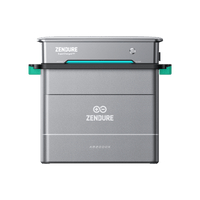
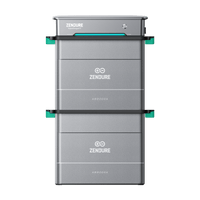
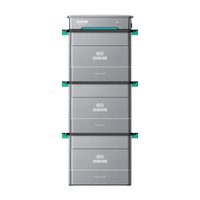
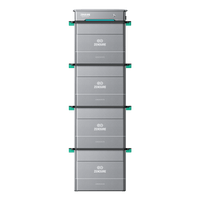

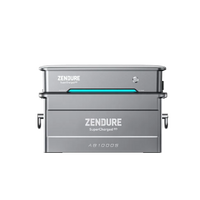
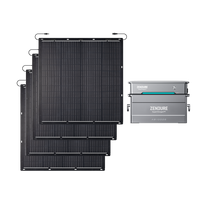

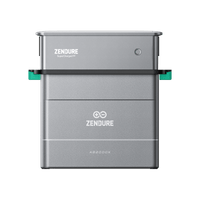
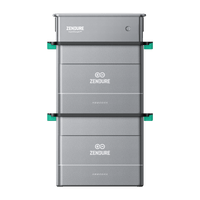
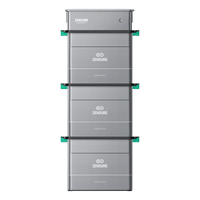
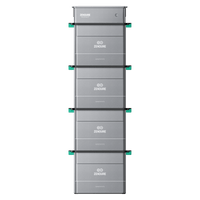

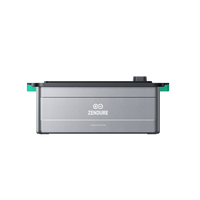
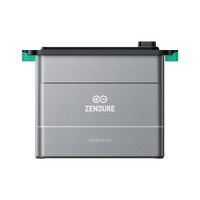
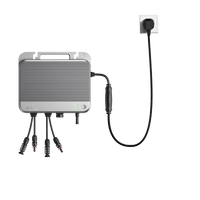
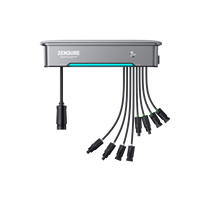
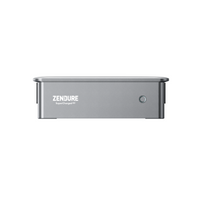
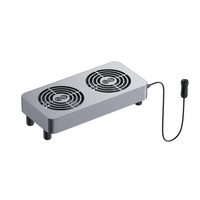
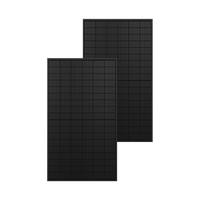


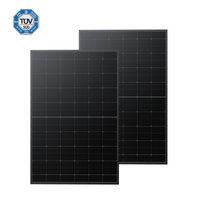
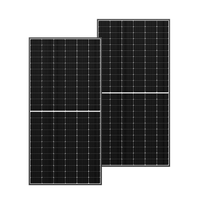

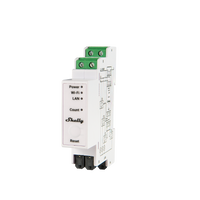

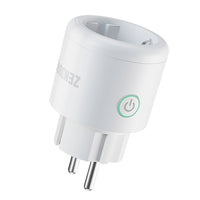

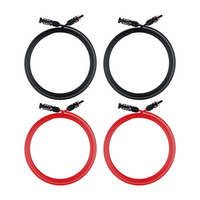
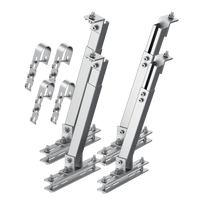
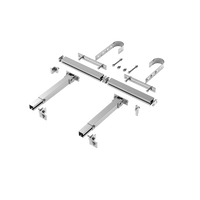
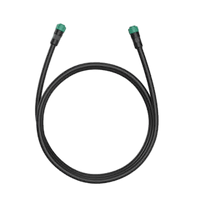
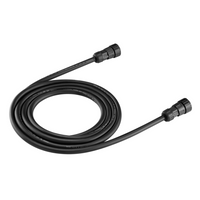
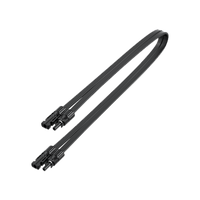
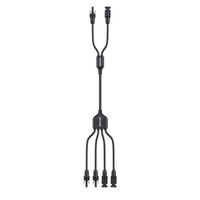
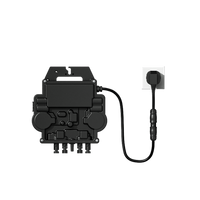


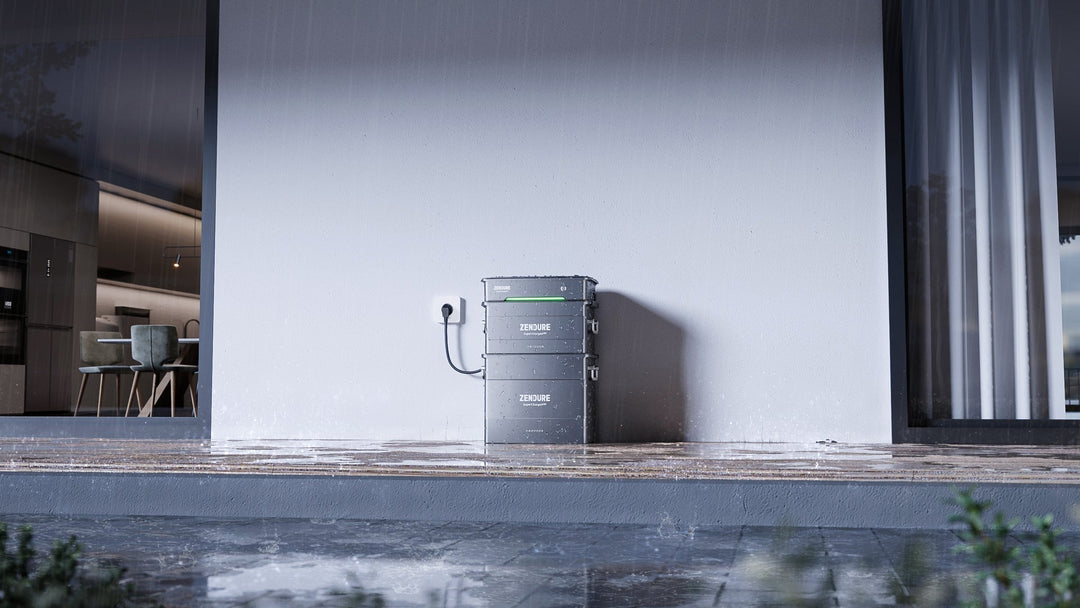
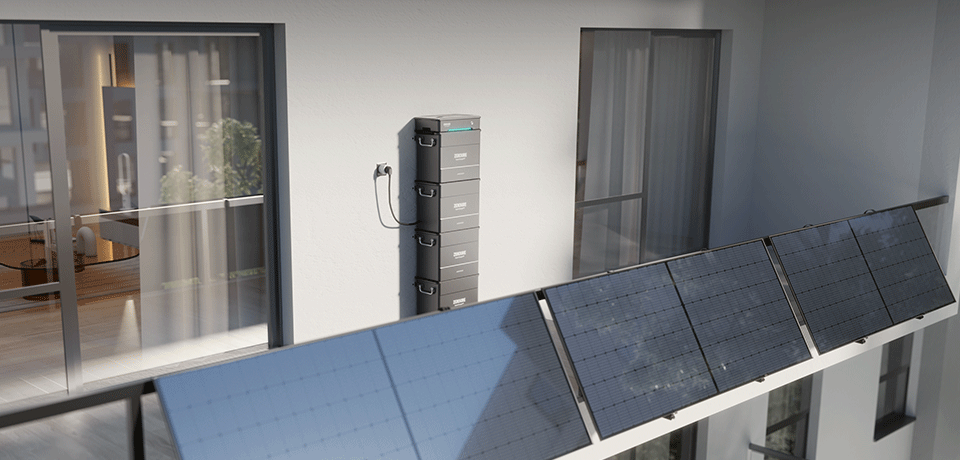
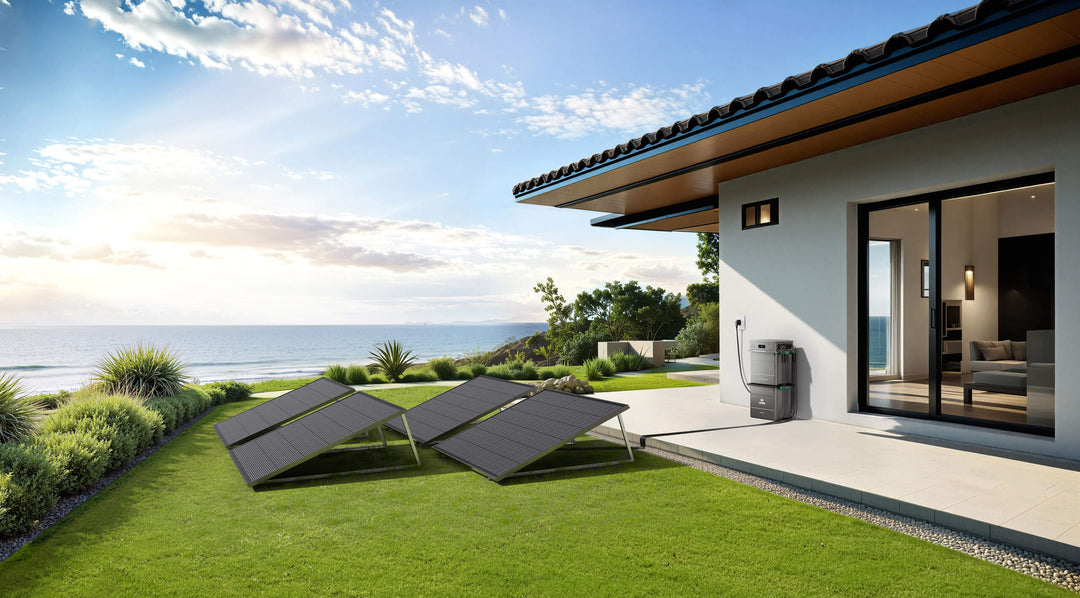
Leave a comment